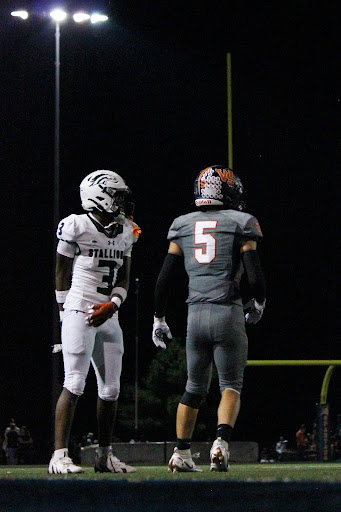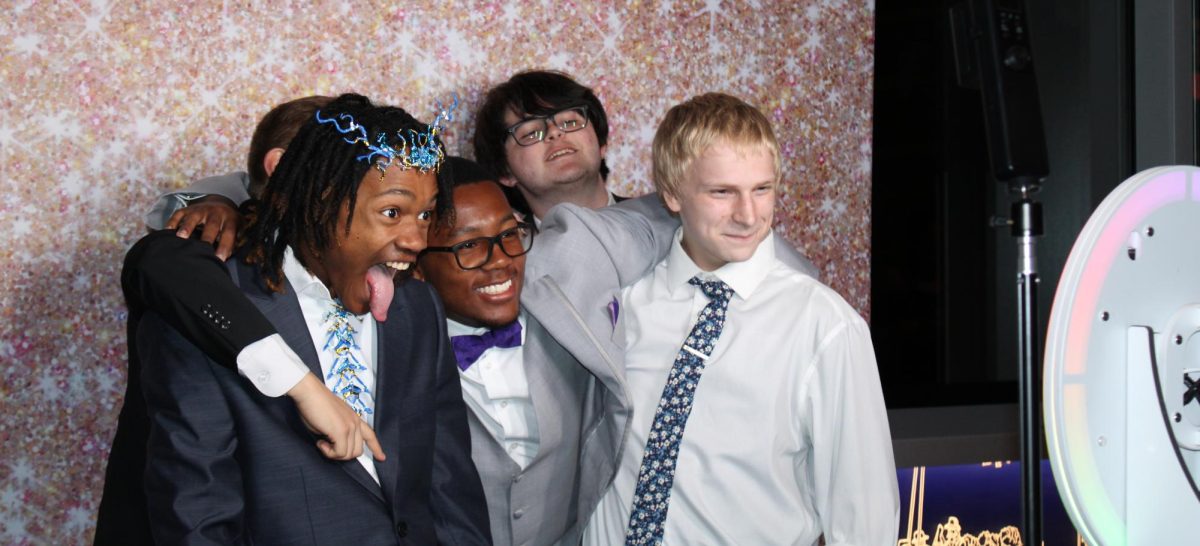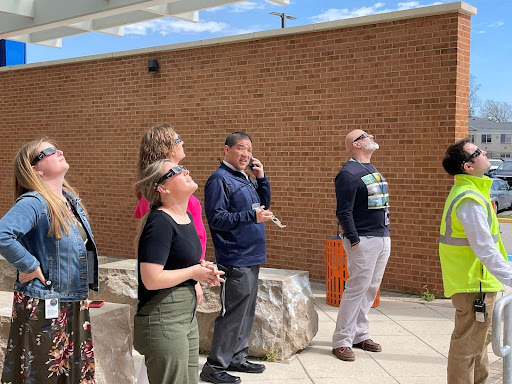
Students and teachers find themselves freezing in their classrooms, causing them to go out of their way and put on more layers of clothes to stay comfortable throughout the day.
“There are some places that I go to that are so cold I have to pull up my hoodie and I’m shivering in class. It’s hard to take notes and it’s hard to pay attention, so it does have a negative effect on the learning experience for most students,” said senior Abdur Raghib.
A sample survey conducted reveals that 32% of students believe that the science department is the coldest alongside the math department.
“Science classes are the coldest. If I don’t bring a hoodie or jacket to Oceanography or Physics, my arms get cold and that definitely distracts me from my learning,” said senior Dawson Mitchum after being asked if he agrees with these statistics.
The uncomfortable temperatures can cause a distraction to students’ learning and impact their mental and physical well being. According to the National Institute of Mental Health, cold temperatures promote depression, anxiety and brain interruptions.
“I’m certain that for some people, [cold temperatures] would drive them crazy. They just wouldn’t be able to focus on the work or anything like that,” said senior Henrick Miller.
According to the Regional Education Laboratory Program, a study has shown that at 61 degrees Fahrenheit, students averaged a score of 76%. At 72 degrees Fahrenheit, students averaged a score of 90%. At 81 degrees Fahrenheit, students averaged a score of 72%.
“Typically, if I turn the temperature up, we don’t notice a difference in the feel of the room. I have mentioned it to the administration before because we had a problem in the classroom with not only it being too cold, but the fan was rattling a lot last year. We did have maintenance up right away the same day to try to take care of the issue, but the temperature remained the same,” said Environmental Science teacher Heidi Averette.












